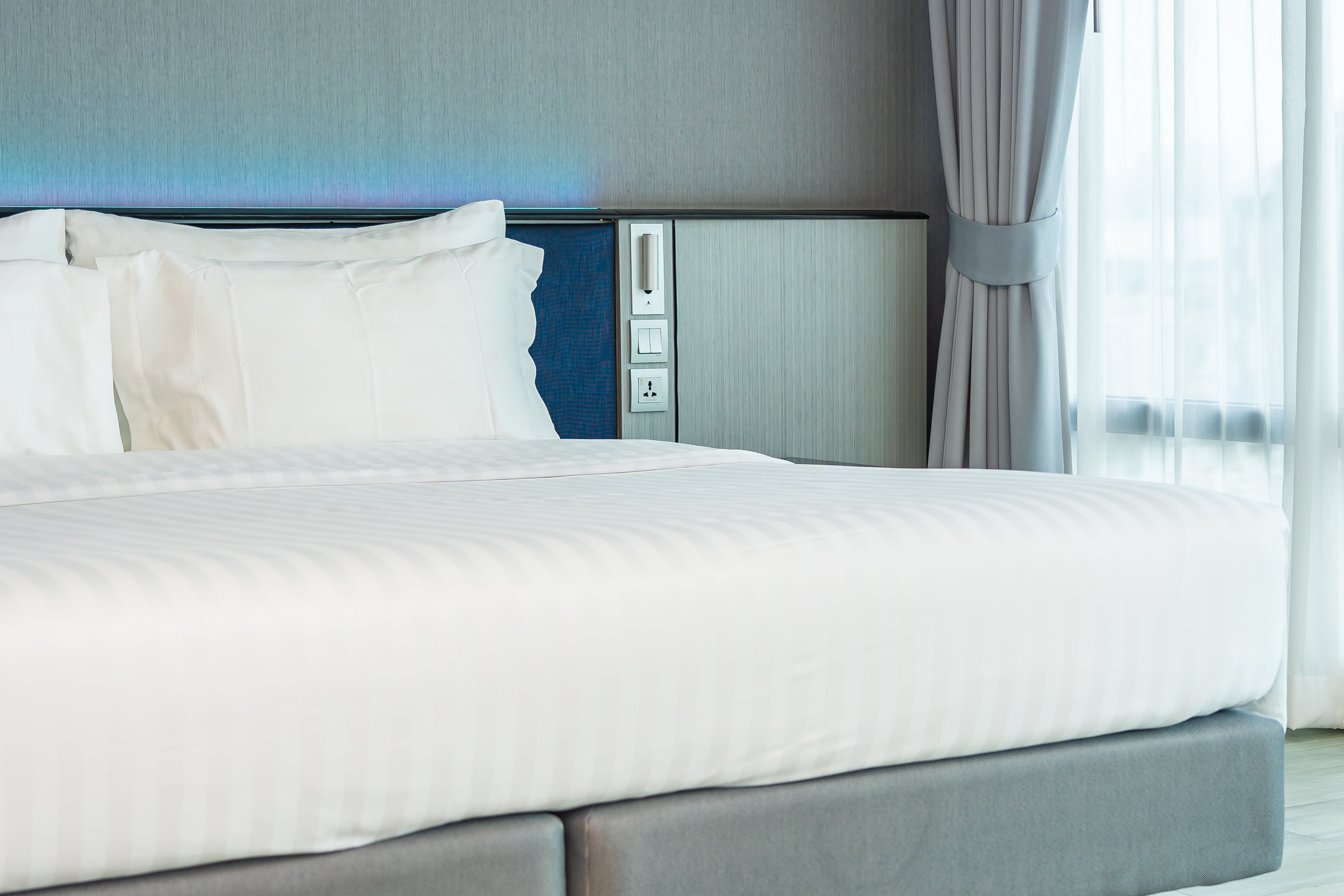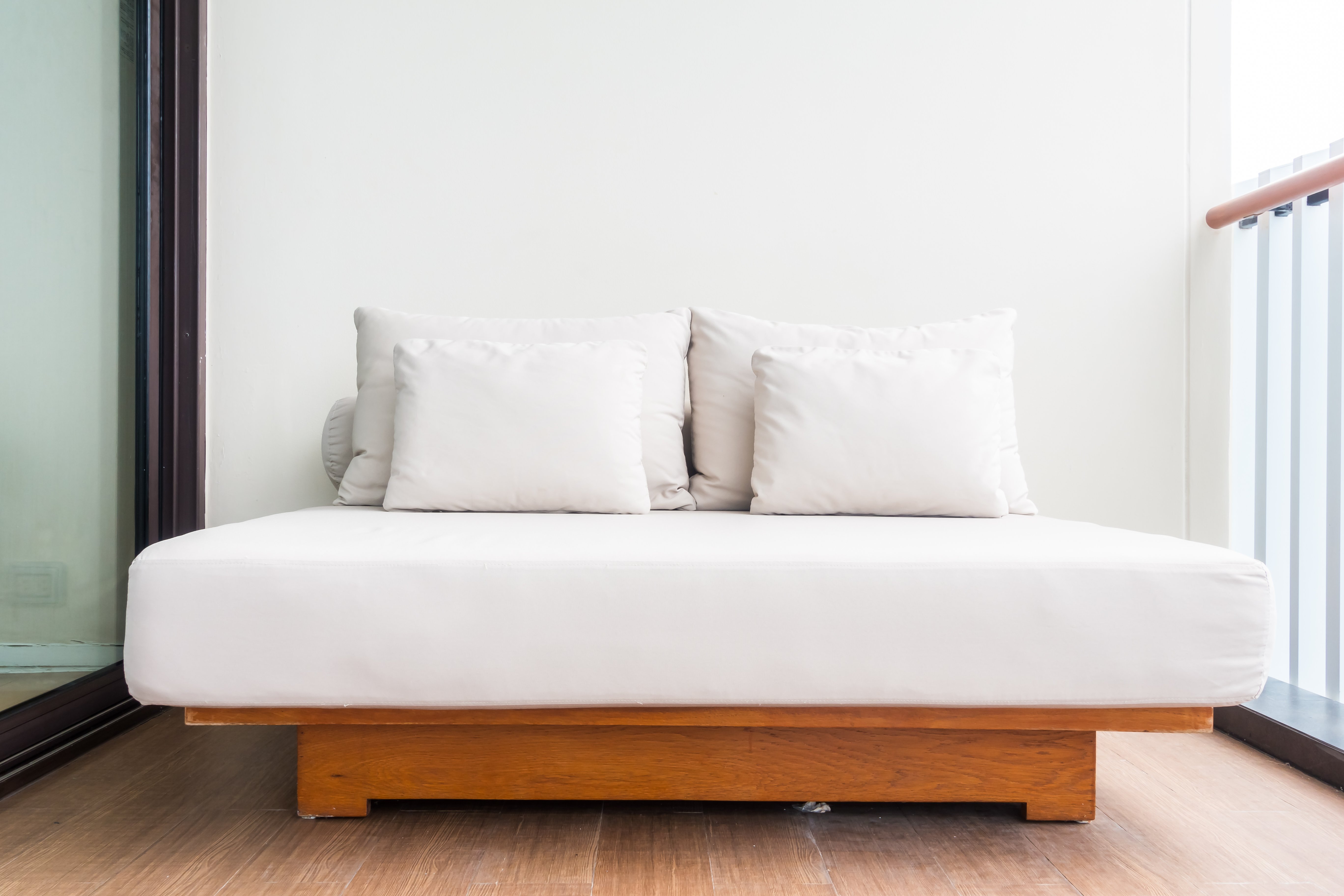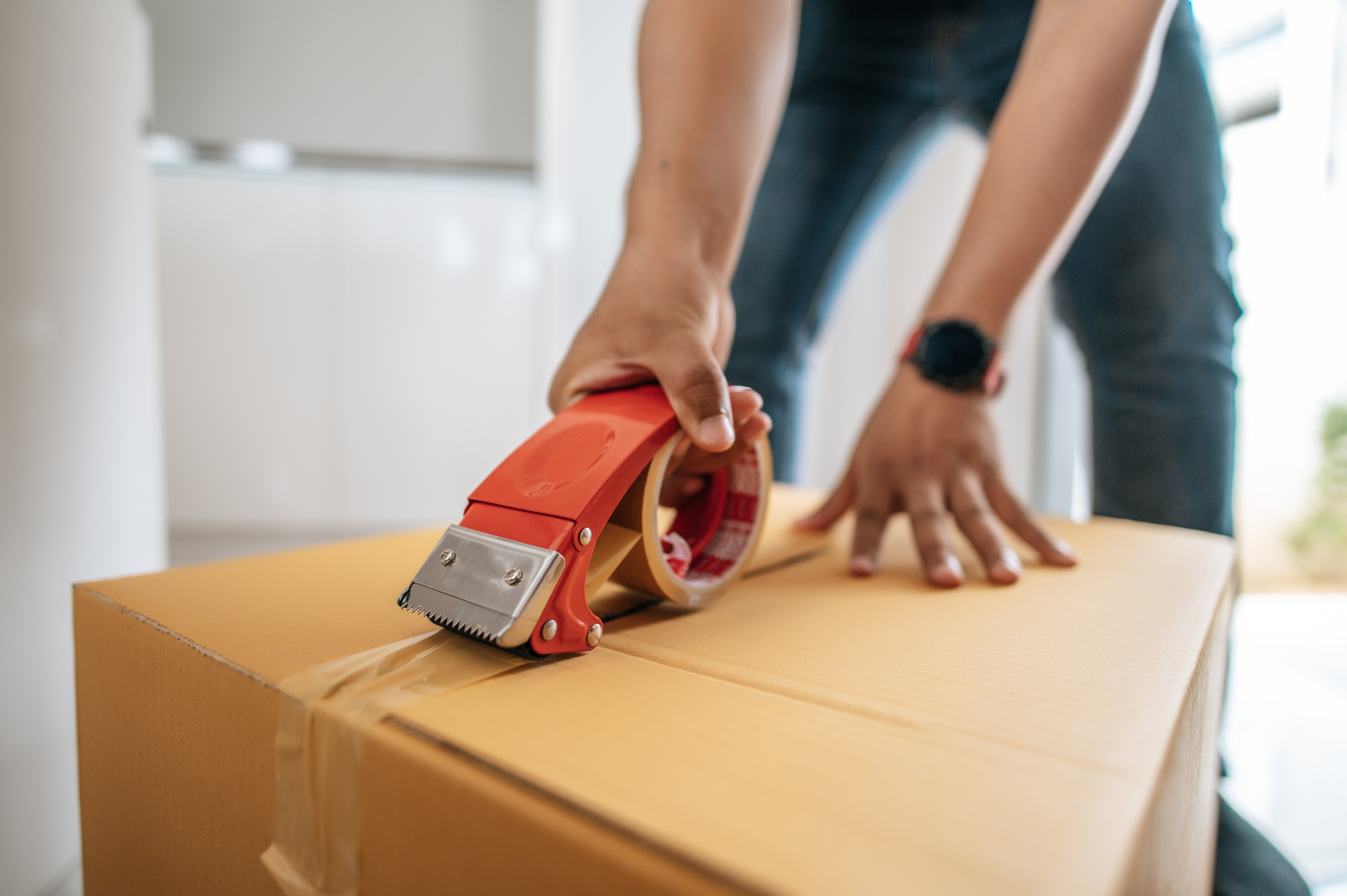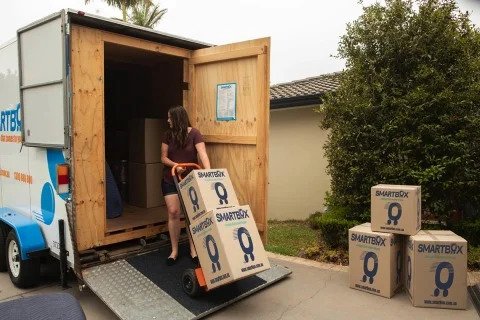Can You Pack a Mattress in a Mobile Storage Unit in Melbourne?
Mobile storage in Melbourne has become an increasingly popular solution for a variety of needs, from moving homes to managing renovations or simply decluttering. These versatile units offer a level of convenience and flexibility that traditional storage options often lack, making them an ideal choice for many individuals and families. Whether you need temporary storage during a home renovation, extra space while decluttering, or a convenient solution for moving, mobile storage units can cater to your needs.
There are several advantages to using mobile storage units. You may load and arrange your belongings at your own speed as they can be delivered right to your door. Once packed, the unit can be shipped directly to your new address or to a storage facility. This removes the burden of having to rent a moving truck and the anxiety associated with packing and relocating everything in one day. Furthermore, because portable storage units combine the advantages of transportation and storage into one service, they are frequently less expensive than traditional storage techniques.
However, concerns frequently surface over the packaging of particular commodities. I often hear people ask: Is it possible to fit a mattress inside a portable storage unit? It's a legitimate issue considering the size and sensitivity of mattresses. Mattresses are a necessary piece of furniture for the home, but not storing them properly can cause damage, mold growth, and shorter mattress life. The goal of this blog article is to offer a thorough response to this query. We will cover everything from setup to packaging methods, providing helpful hints and recommendations to guarantee your mattress stays in excellent shape while being stored. You'll be equipped with the information and assurance necessary to store your mattress in a mobile storage unit safely and securely by the conclusion of this essay.

Mattress Types and Sizes
Before packing your mattress, it’s essential to understand the different types and sizes available. Mattresses come in various forms, including innerspring, memory foam, latex, and hybrid models. Each type has unique characteristics that may affect how you pack and store them. Here’s a closer look at the different mattress types and their specific attributes.
Mattress Types
- Innerspring: These mattresses feature steel coils for support, offering durability and a traditional bounce. They are one of the most common mattress types and tend to be more affordable. Innerspring mattresses typically have a quilted top layer, which adds to their comfort but also means they need careful handling to avoid damage during storage.
- Memory Foam: Made from viscoelastic foam, memory foam mattresses are known for their ability to conform to the body's shape, providing excellent pressure relief and support. They are heavier and more flexible than innerspring mattresses, which can make them trickier to move but easier to fit into tight spaces in a storage unit. However, their flexibility also means they must be stored flat to prevent deformation.
- Latex: Memory foam mattresses, which are composed of viscoelastic foam, are renowned for their exceptional shape-fitting properties that relieve pressure points and offer superior support. Although they can be more difficult to transport but easier to squeeze into confined areas in a storage container, they are heavier and more flexible than innerspring mattresses. To avoid distortion, they must be stored flat because of their elasticity.
- Hybrid: Hybrid mattresses combine foam layers and innerspring coils to provide the greatest qualities of both worlds: foam comfort and innerspring support. In terms of structure and quality, they might differ greatly; some versions are rather hefty because of their several layers. Because of this, they are a little harder to transport and store, but they are frequently well worth the effort because of their balanced design.
Mattress Sizes
Understanding mattress sizes is crucial for effective packing and storage. Here are the standard mattress sizes:
- Twin: The smallest standard size mattress, measuring 38" by 75", is frequently used for single sleepers or in children's rooms. They are rather easy to move and store due to their small size.
- Full: A 54" x 75" full mattress is often referred to as a double. Because it is wider than a twin, it is appropriate for smaller bedrooms or single adults. Although full-size mattresses take up a little more room, they are still feasible to move and store.
- Queen: The most common mattress size is the queen size, which is approximately 60" by 80". Couples will find plenty of room, yet it still fits easily in most bedrooms. Because of their size, queen mattresses are more difficult to transport, although they are usually achievable with the right methods.
- King: Approximately 76" by 80", king mattresses provide the greatest breadth, which makes them perfect for couples seeking the biggest amount of personal space. A king mattress is heavy and large, making it difficult to move and store without help.
- California King: Compared to regular king mattresses, California king mattresses are typically 72" x 84" and are slimmer and longer. Taller people will love this size, but because of its length, it might be very difficult to move and store.
Knowing your mattress type and size is crucial for planning how it will fit into your self storage unit. Proper preparation and understanding of these aspects will help ensure that your mattress is stored safely and efficiently.

Packing a Mattress for Mobile Storage
Proper preparation is key to ensuring your mattress remains clean and undamaged while in storage. Follow these steps to prepare and pack your mattress effectively to your :
Preparation
- Protecting the Mattress: The first step in preparing your mattress for storage is to shield it from potential damage. Invest in a high-quality mattress cover, available in plastic or cloth. Plastic covers are excellent for protecting against moisture and dust, while cloth covers offer breathability and protection against tears. These covers are relatively inexpensive but can make a significant difference in maintaining your mattress’s condition during storage. Ensure the cover fits snugly around the mattress to provide comprehensive protection.
- Vacuuming the Mattress: To ensure a hygienic sleep environment, thoroughly vacuum your mattress before covering it with a protector. This removes dust mites, dirt, and allergens that build up over time. Use an upholstery attachment to give the entire surface a good clean, including all the nooks and crannies. A clean mattress not only improves hygiene but also prevents allergens from becoming trapped and potentially causing future problems. For an extra layer of freshness, consider sprinkling baking soda on the mattress after vacuuming. Leave it for a few hours, then vacuum again to remove the baking soda and any lingering odours.
Packing Techniques
Certain mattress kinds need to be packed differently in order to preserve their integrity while being stored in the mobile storage facility.
Innerspring Mattresses
- Flat Position: This is the ideal option if there is enough room in your mobile storage container to lay the mattress flat. In this posture, the coils are not too stressed and the structure of the mattress is preserved. Make sure the area where the mattress will be placed is clear of any sharp items that might cause harm and is both clean and level.
- Upright Position: You can position the mattress upright on its side if there isn't much room. Although this approach saves space, it must be handled carefully to prevent the mattress from bending or warping. To keep the mattress from toppling over and suffering harm, securely secure it. To keep it stable during travel, secure it within the container using straps or tie-downs.
Memory Foam Mattresses
- Flat Position: Memory foam mattresses should always be laid flat on their sides. Because standing them upright puts more strain on one side of the foam, it may eventually droop and lose its form. Make sure there are no sharp items and that the surface is level. To assist avoid moisture buildup, cover the mattress with a breathable fabric cover that allows for air circulation.
Filling Empty Space
Packing remnants like blankets, pillows, and sheets should be stuffed into any empty places surrounding your mattress to keep it from moving while being transported. This gives the mattress extra padding to shield it from shocks and bumps in addition to securing it firmly in place. Here are a few more pointers:
- Use Furniture Pads: Placing furniture pads or moving blankets around the mattress can provide an extra layer of protection.
- Distribute Weight Evenly: If you are storing other items in the unit, try to distribute the weight evenly. Avoid placing heavy items directly on top of the mattress, as this can cause deformation.
Properly filling the empty spaces and securing the mattress will help maintain its condition and ensure it is ready to use when you retrieve it from storage.

Additional Tips for Mattress Storage in Mobile Units
In order to better safeguard your mattress, think about these suggestions:
- Moisture Control
Put a moisture absorber inside the storage unit, like DampRid. Moisture may cause mildew and mould, both of which are bad for mattresses. It's important to keep the surroundings dry, particularly in humid areas.
- Avoid Extreme temperatures
Keep your mobile storage device somewhere dry and cold. Materials used in mattresses, especially memory foam, can deteriorate at extreme temperatures. Over time, keeping the temperature steady contributes to the mattress's excellent preservation.

Conclusion
With the correct method, packing a mattress in a mobile storage unit is totally possible. You can make sure your mattress stays in great condition by being aware of the kind and size of your mattress, correctly prepping it, and employing efficient packaging procedures. You may easily and flexibly store your mattress using mobile storage units, and by following these instructions, you can do so with assurance.
When properly packed and prepared, your mattress will remain in excellent condition and be ready for use when you need it. Please get in touch if you want any more help or have any enquiries regarding packaging other products.
